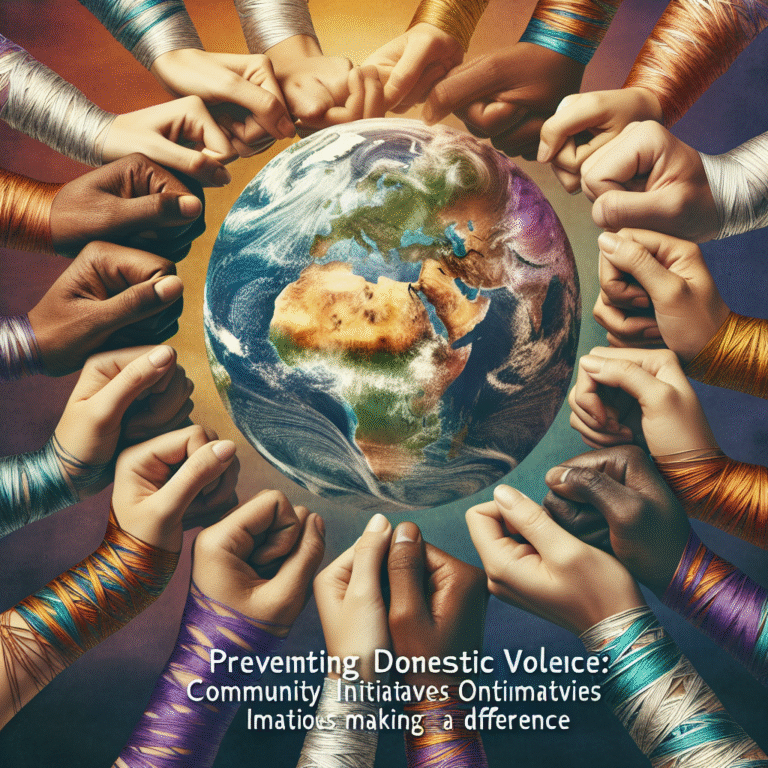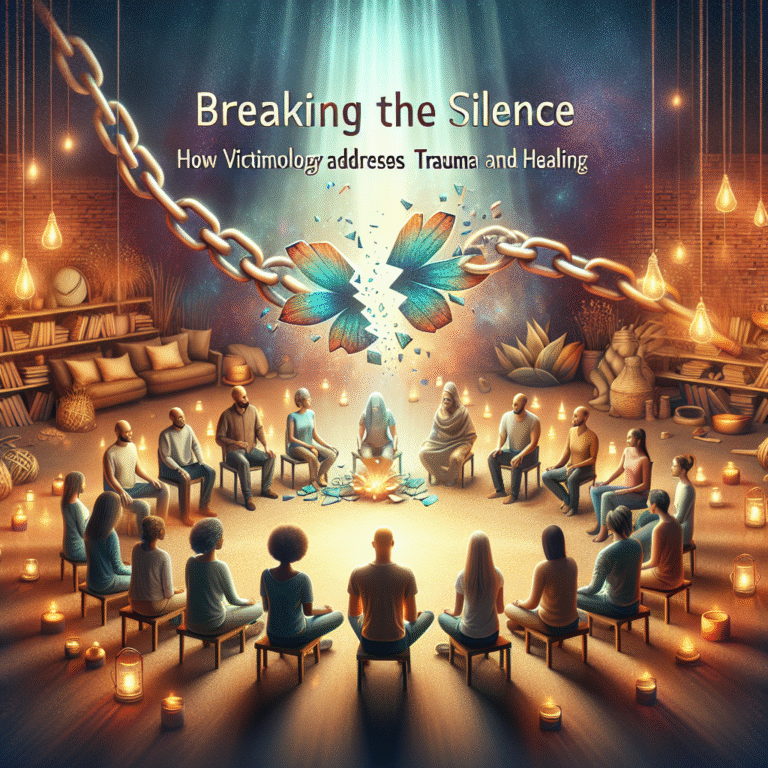
Introduction
In today’s competitive job market, the interview process can feel daunting. Beyond the basics of preparing your resume and rehearsing common interview questions, candidates must embrace advanced strategies that set them apart. If you’re ready to elevate your interview game and leave a lasting impression, you’ve come to the right place. In this comprehensive guide, we’ll delve into "Beyond the Basics: Advanced Interview Strategies for Candidates," providing you with innovative techniques that can significantly enhance your interview success.
Understanding the Landscape of Modern Interviews
The Evolution of Interviewing
The interview process has evolved dramatically in recent years. Traditional questions are gradually being replaced by more behavioral-based inquiries. Employers seek to understand not just your qualifications but also your mindset, cultural fit, and problem-solving abilities. Thus, it becomes essential to adapt your approach.
Importance of Advanced Strategies
Standard preparation will only get you so far. Utilizing advanced strategies shifts your focus from merely answering questions to engaging in a dialogue that reflects your skills, personality, and fit for the organization. This section will explore these strategies, backed by real-world case studies that illustrate their application.
Mastering the Art of Storytelling
The Power of Personal Narratives
Storytelling is a powerful vehicle for communication. Instead of simply listing your accomplishments, weave them into compelling narratives. This method captivates your interviewer and allows them to visualize your contributions actively.
Case Study: Alex’s Transformation
When Alex applied for a project management role, he crafted a narrative around a challenging project he led that salvaged a failing initiative. Instead of stating his responsibilities, he narrated the journey—how he identified issues, engaged the team, and ultimately turned the project around. This approach not only showed his leadership skills but also painted a vivid picture of his capabilities.
Structuring Your Stories
Utilizing the STAR method (Situation, Task, Action, Result) can help in structuring your stories. This technique guides you to present your experiences clearly and compellingly, ensuring you convey relevant information without rambling.
| Component | Description |
|---|---|
| Situation | Describe the context or challenge you faced |
| Task | Explain your role in addressing that challenge |
| Action | Detail the steps you took to resolve the situation |
| Result | Share the outcomes and what you learned from the experience |
Engaging with Insightful Questions
The Importance of Asking Questions
Most candidates overlook the power of asking insightful questions during interviews. This strategy showcases your interest in the role and provides valuable information about the company’s culture and expectations.
Types of Questions to Consider
- Cultural Fit Questions: Inquire about team dynamics and company values.
- Future Challenges: Ask what challenges the team is currently facing and how this role could contribute to overcoming them.
- Performance Metrics: Understand what success looks like in the position.
Case Study: Sarah’s Strategic Inquiry
During her interview for a marketing position, Sarah asked, “What are the major challenges your team is currently facing regarding customer engagement?” This not only demonstrated her interest but helped her assess if her skills were a good match for the company’s current needs.
The Role of Body Language and Presence
Non-Verbal Communication Matters
Your body language conveys a wealth of information beyond your words. Being aware of your non-verbal cues can enhance your communication and help establish rapport.
Key Aspects of Body Language
- Eye Contact: Maintain appropriate eye contact to demonstrate confidence.
- Posture: Sit up straight to reflect attentiveness and professionalism.
- Gestures: Use hand gestures sparingly to emphasize key points, but avoid overdoing it.
Case Study: Michael’s Presence
Michael, a finance candidate, focused on maintaining good eye contact and an open posture during his interview. This non-verbal communication helped him project confidence, leading to a successful outcome despite competing with highly qualified candidates.
Tailoring Your Approach to Company Culture
Research is Key
Understanding the company’s culture is crucial in aligning your responses and approach. By researching their values and mission, you can adjust your presentation to resonate with their ethos.
Where to Find Information
- Company Website: Often contains detailed information about values and culture.
- Social Media: Platforms like LinkedIn and Twitter can provide insights into company activities and culture.
- Employee Reviews: Websites like Glassdoor can give you an insider’s perspective on employee experiences.
Case Study: Emma’s Cultural Fit
Emma tailored her responses to reflect the values of the startup she interviewed with, emphasizing innovation and adaptability. This alignment made her a standout candidate and showcased her understanding of the company’s mission.
The Follow-Up Strategy
Importance of Post-Interview Communication
Following up post-interview is not just polite; it reinforces your interest in the position and can keep you top-of-mind for the hiring manager.
Best Practices for Follow-Up Emails
- Timeliness: Send your follow-up within 24 hours.
- Personalized Content: Reference specific aspects of the conversation to personalize your message.
- Express Gratitude: Thank the interviewers for their time and reiterate your excitement about the opportunity.
Example Follow-Up Template
Subject: Thank You for the Opportunity
Dear [Interviewer’s Name],
Thank you for the opportunity to discuss the [Position Name] role at [Company Name]. I enjoyed our conversation about [specific topic] and learning more about [something unique about the company or team].
I am very excited about the possibility of contributing to [Company Name] and am keen to bring [relevant skills or experiences] to your team.
Best regards,
[Your Name]
Conclusion
In the ever-evolving landscape of interviews, candidates must extend their preparation beyond the basics. By embracing advanced strategies such as storytelling, insightful questioning, non-verbal communication, cultural alignment, and effective follow-up, you can significantly enhance your chances of success. Remember, interviews are a two-way street, where both you and the employer assess whether there’s a mutual fit.
Taking these advanced steps will not only prepare you thoroughly but also position you as an exceptional candidate. In the realm of "Beyond the Basics: Advanced Interview Strategies for Candidates," remember that confidence, preparation, and engagement will guide you toward your next career triumph.
FAQs
1. How can I effectively research a company’s culture before an interview?
Conduct thorough research through their website, social media profiles, and platforms like Glassdoor to understand their values, work environment, and employee experiences.
2. What is the best way to practice my storytelling skills for interviews?
Utilize the STAR method to frame your experiences into concise, engaging narratives. Consider rehearsing them with a friend or mentor for feedback.
3. How can I manage my anxiety before an interview?
Preparation is key. Familiarize yourself with common questions, practice mindful breathing, and visualize success to help alleviate anxiety.
4. Should I always follow up after an interview?
Yes, sending a follow-up note is a best practice that underscores your interest in the position and allows you to reinforce any key points from the interview.
5. How do I address gaps in my employment during an interview?
Be honest about your gaps, whether they were due to personal reasons or a career transition. Highlight any relevant skills or experiences you gained during that time.
By incorporating these advanced strategies into your interview preparation, you will transition from an average candidate to a memorable one. Now go forth and tackle your next interview with confidence and finesse!


















